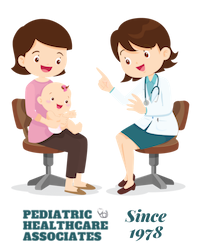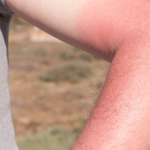Recognizing and Treating Sunburn: A Guide for Parents and Caregivers
Sunburn is a common childhood ailment, but its impact can be minimized with prompt recognition and appropriate care. In this guide, we’ll walk you through the stages of sunburn, how to treat it at home, and when to seek help from your PA pediatric provider.
Stages of Sunburn
Sunburn develops in stages, and understanding these can help you respond effectively:
- Initial Exposure: The skin is exposed to UV radiation, but there are no immediate symptoms.
- Early Symptoms: Redness, pain, and swelling begin about four hours after exposure.
- Peak Symptoms: Symptoms worsen and peak at 24 hours.
- Recovery: The skin starts to heal, and symptoms improve after 48 hours.
Severity of Sunburn
Most sunburns are mild (first-degree), causing pink or red skin. Prolonged exposure can lead to blistering (second-degree burns). In rare cases, severe sunburn can cause third-degree burns or scarring. It’s important to monitor your child’s symptoms and seek medical attention if needed.
Causes of Sunburn
Sunburn is caused by direct exposure to UV radiation from the sun or artificial sources like tanning beds and sun lamps. Clouds do not provide complete protection—up to 70% of UV light can still reach the skin on cloudy days. Reflected rays from snow (80%), sand (20%), and water (5%) can also contribute to sunburn.
Why Early Intervention Matters
Sunburn is an inflammatory reaction of the skin. Ibuprofen can help reduce redness and swelling, but it must be started early—ideally as soon as you suspect overexposure. The recommended dose is three times a day for two days. Don’t wait for redness to appear before starting treatment.
When to Seek Medical Care
Contact your healthcare pediatric provider or schedule a pediatric appointment if your child has:
- Severe pain not relieved by home care
- Large blisters (more than ½ inch or 12 mm)
- Many small blisters at the burn site
- Blisters on the face
- Swollen feet that make it hard to walk
- Signs of infection (draining pus, red streaks, worsening pain after day two) without fever
- Frequent itchy rashes in sun-exposed skin
- Any other concerns or questions
If you think your child needs to be seen but the problem is not urgent, a same day sick appointment is available.
Special Considerations for Infants
Infants are especially vulnerable to sunburn. Our healthcare for infants team recommends keeping babies out of direct sunlight and using physical barriers like hats and clothing. Sunscreen is generally not recommended for infants under six months.
Home Care for Sunburn
- Cool the skin with gentle compresses or cool baths.
- Apply moisturizing lotion or aloe vera to soothe the skin.
- Keep your child hydrated.
- Avoid further sun exposure until the skin has healed.
Preventing Sunburn
- Use broad-spectrum sunscreen with SPF 30 or higher.
- Reapply sunscreen every two hours, or after swimming or sweating.
- Dress children in protective clothing.
- Seek shade during peak sun hours.
- Be aware of reflected UV rays from snow, sand, and water.
- Avoid tanning beds and sun lamps.
The Role of Pediatric Care
Regular visits with your medical pediatric provider can help you develop a sun safety plan for your child. Our associates in pediatrics and pediatrics health associates are here to support your family with expert advice and comprehensive care.
For urgent concerns, our acute care pediatrics team is available to provide prompt evaluation and treatment. And for other pediatric needs, such as pediatric ear piercing, PHCA Altoona offers safe, medical-grade services.







